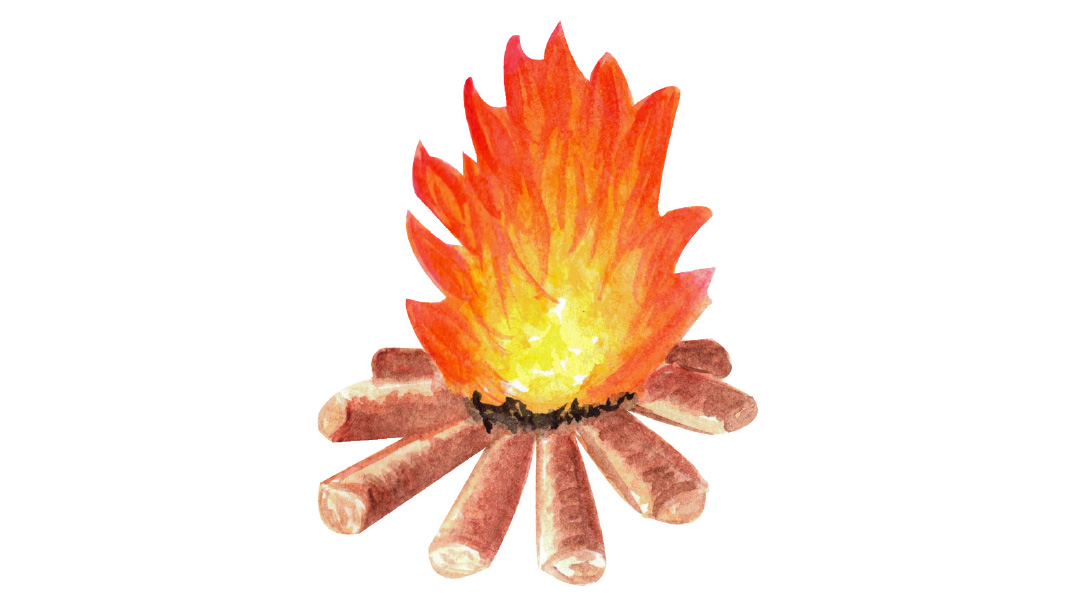Hidden Link
| March 7, 2023The connection between Purim and Pesach
Purim and Pesach seem almost to be diametrically opposed to each other. The jovial atmosphere on Purim, the rather informal nature of the Purim seudah, and the wide array of mishloach manos appear to stand in stark contrast with the strict food-related prohibitions we adhere to on Pesach and the very solemn atmosphere of the Pesach Seder. But a deeper look reveals that they are actually bound together by a hidden but critical thread. It is this connection that stands at the very heart of the essence of each of these lofty Yamim Tovim.
1
Just thirty days separate Purim from Pesach, but there appears to be an inherent connection between these two Yamim Tovim that extends beyond their calendrical proximity. The Gemara in Taanis (29a) tells us, “Mishenichnas Adar marbin b’simchah — when Adar arrives we should increase our happiness.” Rashi explains the reason for the intensified joy of Adar — “Yemei nissim hayu l’Yisrael, Purim u’Pesach — they are days of miracles for the Jewish People, Purim and Pesach.”
Rashi is telling us that the miracles experienced in both the Purim and Pesach stories are the reason for the halachah mandating higher levels of simchah during the month of Adar. The question, though, is obvious. How is Pesach, which falls out in Nissan, a cause for joy in Adar? We see that Pesach and Purim must somehow be interconnected. But how?
2
Moving out of the theoretical realm, the connection between Purim and Pesach actually has halachic implications as well. We know that the halachah is that one should avoid engaging in litigation during the month of Av. Conversely, if one has an impending court case, he should try to arrange that it take place in Adar, a month of good fortune.
Magen Avraham discusses whether the directive to avoid litigation in Av applies only in the days leading up to Tishah B’Av, or extends throughout the whole month, and concludes that it extends throughout the whole month. The Chasam Sofer explains that this is based on a comparison to Adar. Just as all of Adar, even following Purim, is considered to be a month of good fortune, so too Av should be seen as a month of ominous fortune, even in the weeks following Tishah B’Av.
However, the Chasam Sofer himself disputes this ruling, arguing that the comparison to Adar doesn’t line up. The reason that the entirety of the month of Adar is considered auspicious, says the Chasam Sofer, is only because it heralds Pesach. Pesach and Purim, explains the Chasam Sofer, “embrace each other.” As for the month of Av, it can be logically argued that once Tishah B’Av is in the rearview mirror, the negative character of the month dissipates.
3
The Chasam Sofer has depicted the connection between Purim and Pesach as an “embrace.” The truth is that throughout the Purim story, we find multiple concurrences with Pesach. Haman was hanged on Pesach and the night Achashveirosh couldn’t sleep was Leil Pesach.
On a more mystical level, Midrash Rabbah on Koheles tells us that Esther prepared to appear before Achashveirosh by “burning the chometz.” Perhaps most poignantly, Mordechai decreed that the Jews fast for three days. One of these three days was the first day of Pesach.
Rav Yehonasan Eybeschutz points out a brilliant calculation that brings us to yet another Purim-Pesach connection. We know Achashveirosh threw a party that lasted 180 days to celebrate his coronation as king. The Mishnah in Rosh Hashanah tells us that non-Jewish kings are installed on Rosh Hashanah. Since every other month in the Jewish calendar is chaser, lasting only 29 days, Rav Yehonasan Eyebeschutz calculates that the party would have culminated on the third day of Nissan.
The Megillah tells us that the celebration was for “yamim rabim — many days.” Manos HaLevi explains that this refers to an additional five days. Often, the Gemara tells us that yamim means two days and that the term rabim means three days. Effectively, “yamim rabim” means that Achashveirosh’s party lasted five days longer than the stated 180 days. So according to Manos HaLevi, the party ended on the 8th of Nissan.
But the Megillah tells us that this celebration refers to the party hosted for the general public. For the inhabitants of Shushan, there was an additional seven-day feast, concluding on… the 15th of Nissan. So the very catalyst behind the entire Purim story reached its crescendo on Pesach.
4
We can appreciate the Purim-Pesach correlation more in light of the Gemara in Chagigah (5b). The Gemara tells of an incident in which Rabi Yehoshua ben Chananya paid a visit to the emperor. One of the emperor’s chamberlains turned to face the other way, a pantomime hinting that Hashem had turned away from the Jewish People.
Rabi Yehoshua ben Chananya responded to this by extending his hand, evoking the concept of “Yado nituyah aleinu — Hashem’s Hand is still outstretched upon us.” The point Rabi Yehoshua ben Chananya was making was that even when Hashem’s Face is turned away from us, His Hand is still outstretched toward us.
Now, the term Yado nituyah should sound familiar. We find the term Zeroa nituyah, “an outstretched Arm,” in reference to Yetzias Mitzrayim. Rabi Yehoshua ben Chananya was conveying that within the hester panim, which is the middah we experience on Purim, there is still the Zeroa nituyah, the middah we experience on Pesach.
This is reminiscent of the famous words of the Ramban in parshas Bo. There, the Ramban writes that the reason Hashem displayed such awesome powers and outright miracles by Yetzias Mitzrayim was that the Jewish People should always be aware of the nissim He constantly does for us. Even once the curtain has been drawn and the Zeroa nituyah is no longer visible, the miracles are still operating, albeit from a place of hester panim.
These ideas shed light on the frequent overlap that exists between Purim and Pesach; they directly complement each other. The purpose of the nissim we experienced during Yetzias Mitzrayim was to help sustain our faith specifically on occasions like Purim, when the miracles wouldn’t be overt. But our ability to find Hashem within the concealment of the Purim story comes from the all-powerful revelations that we witnessed on the night we left Mitzrayim.
(Originally featured in Mishpacha, Issue 952)
Oops! We could not locate your form.







